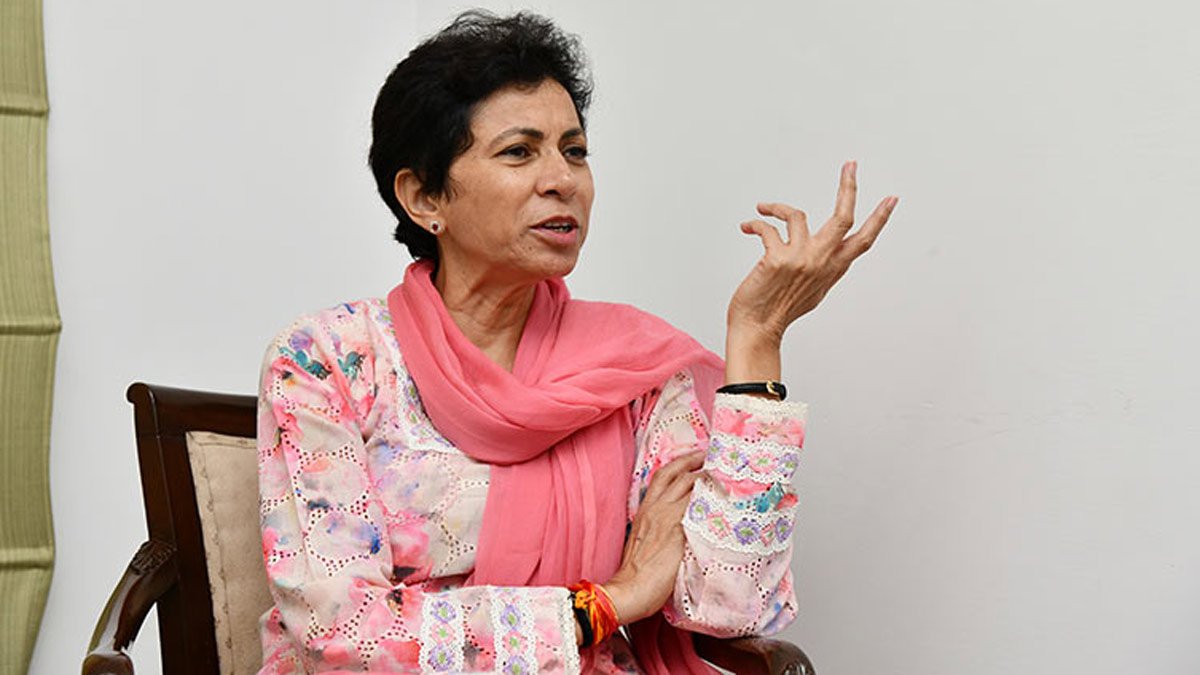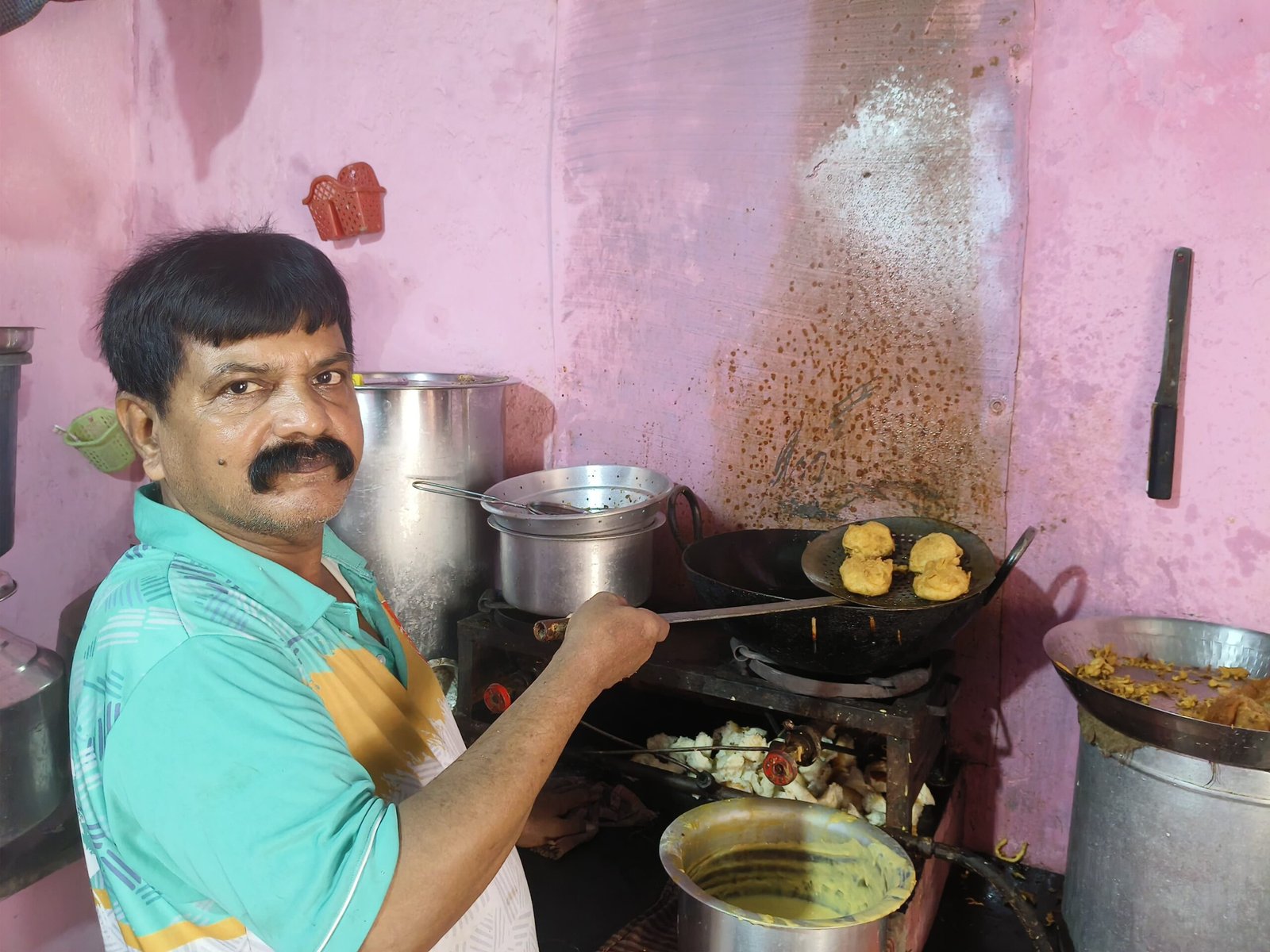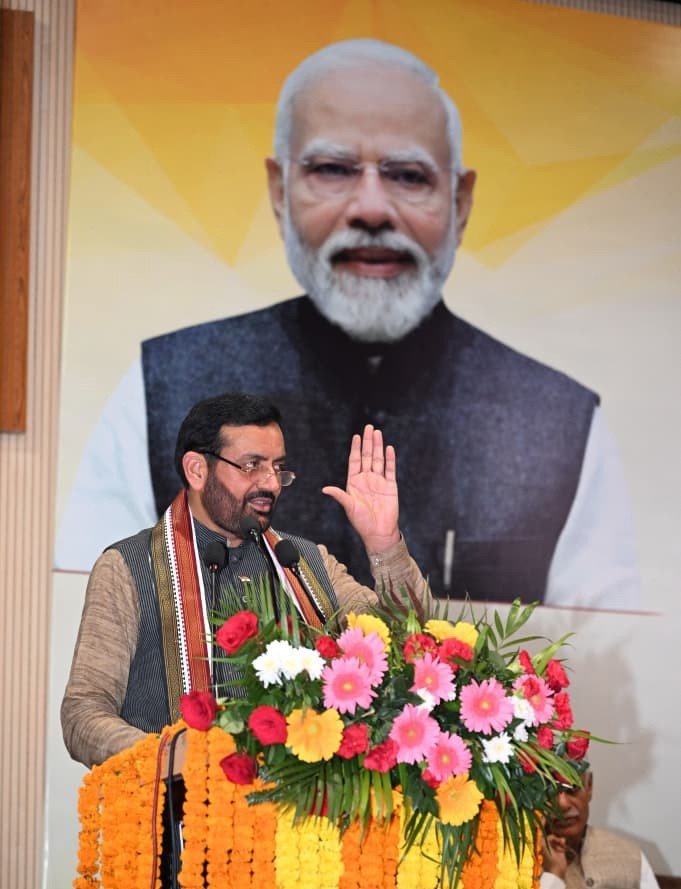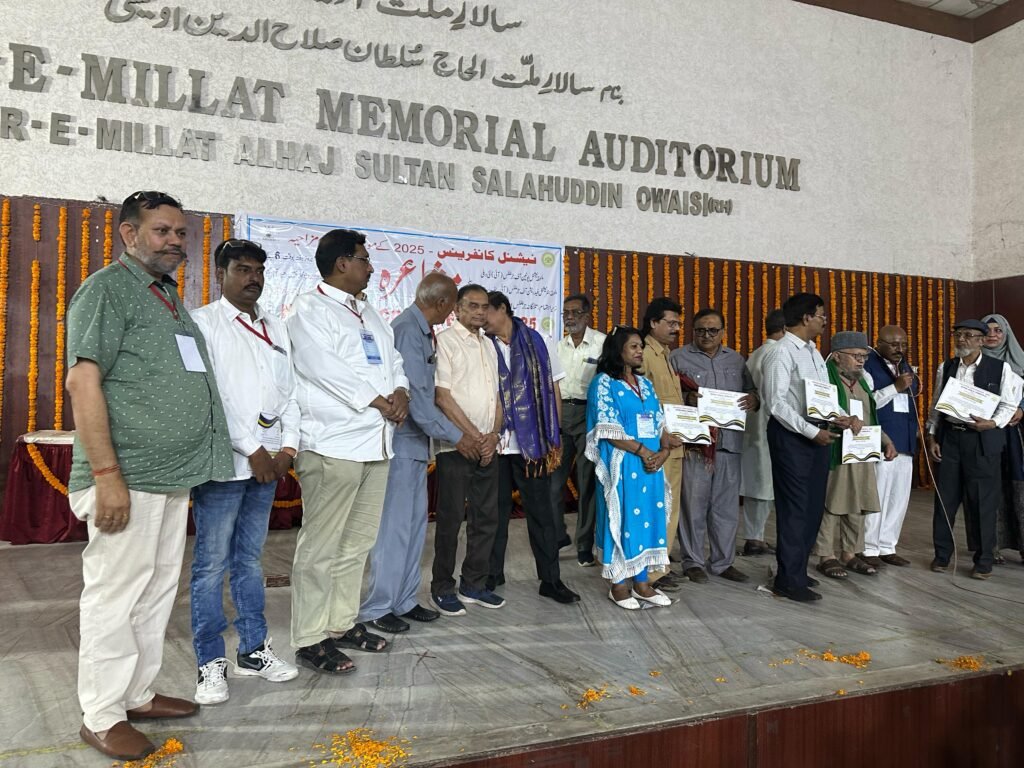Hyderabad, April 12, 2025 — The first day of the National Union of Journalists (India) [NUJ(I)] National Conference 2025 concluded at the prestigious Ravindra Bharathi auditorium in Hyderabad with a vibrant blend of thought-provoking discussions and soul-stirring cultural performances. The day brought together voices from across the country, setting the tone for a dynamic and meaningful two-day event.
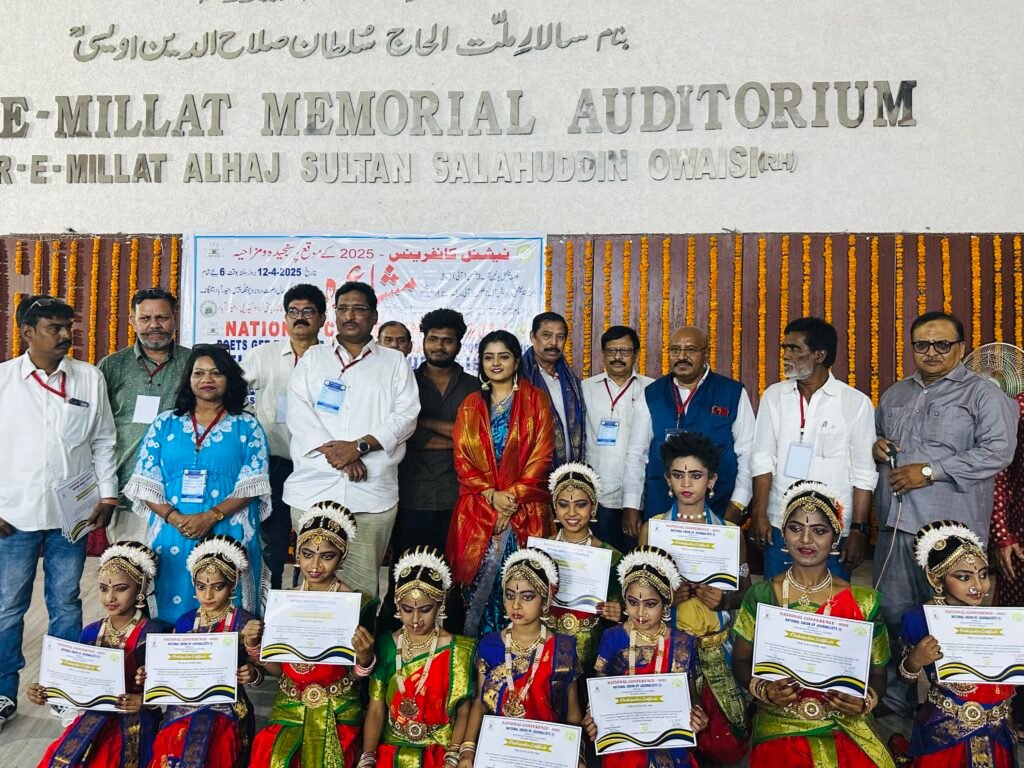
The morning and afternoon sessions focused on critical issues facing journalism today — from the impact of digital media on grassroots reporting to the growing need to protect regional and vernacular journalism. Delegates from across India, including senior journalists, editors, and correspondents, shared ground-level experiences and explored the challenges of maintaining ethical journalism in today’s rapidly evolving media landscape.
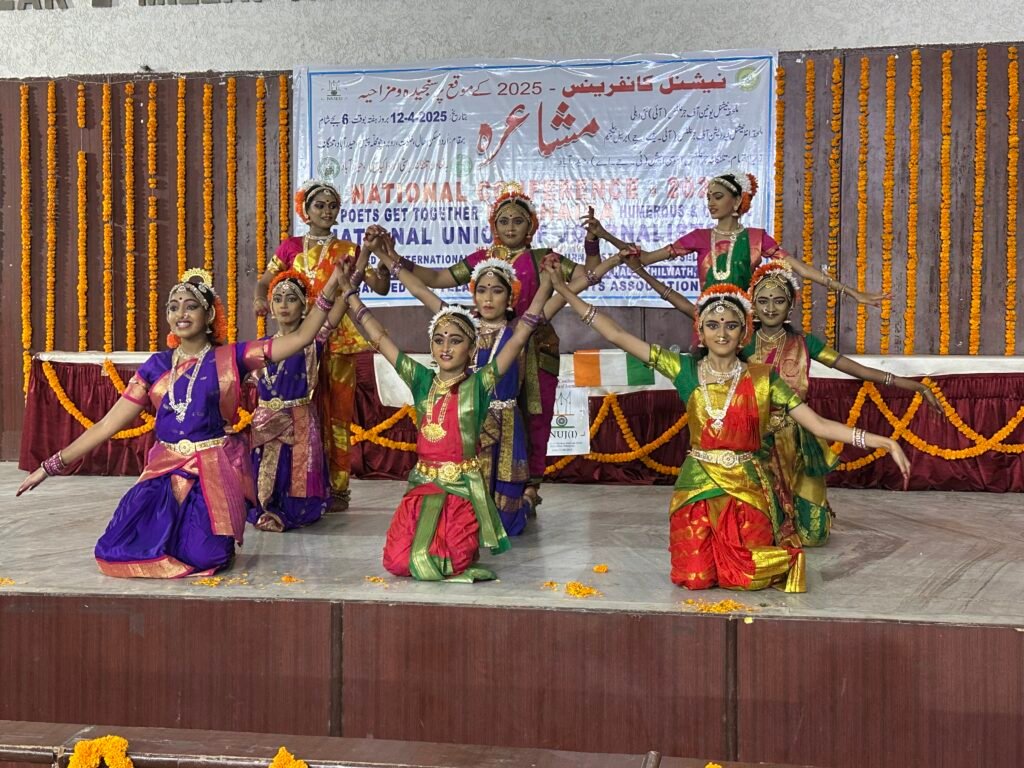
However, it was the evening segment that transformed the atmosphere entirely. A celebration of Indian art, culture, and youthful expression, the cultural evening was led not by professional performers, but by talented school students from Hyderabad and nearby regions.
The audience was captivated by powerful classical dance performances based on the divine forms of Goddess Durga and Goddess Kali. In the Durga-themed performance, students portrayed the goddess in her Mahishasura Mardini form — a dramatic, graceful depiction of feminine power triumphing over evil. The choreography, complete with symbolic gestures and traditional attire, carried a message of strength, justice, and resilience.
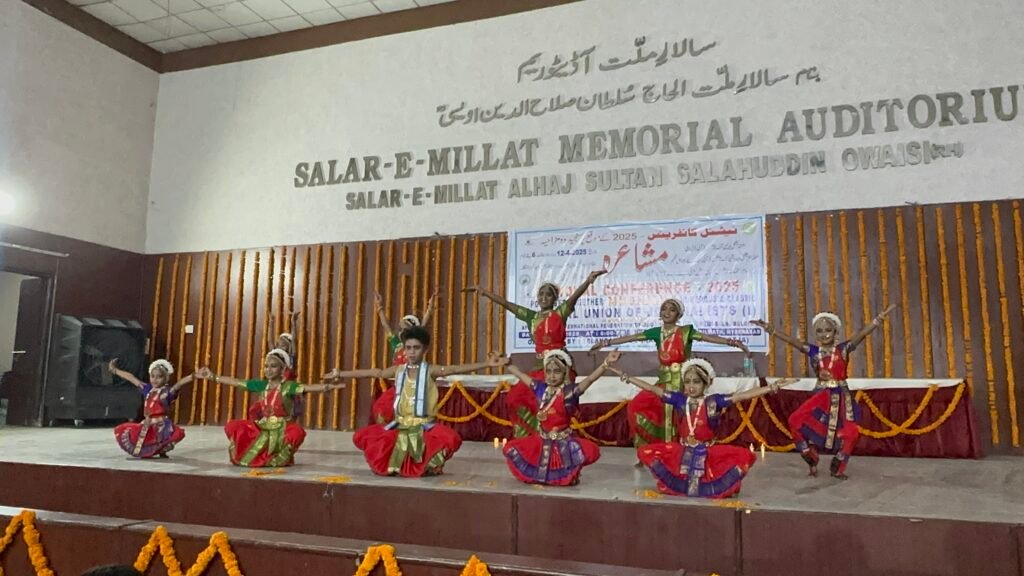
Following this, the auditorium fell into a deeper, more intense rhythm as students presented a fierce yet captivating dance dedicated to Goddess Kali. With bold movements and expressive storytelling, the performance brought to life the goddess’s role as a force of destruction against injustice and darkness — a metaphor that resonated deeply with the ideals of fearless journalism.
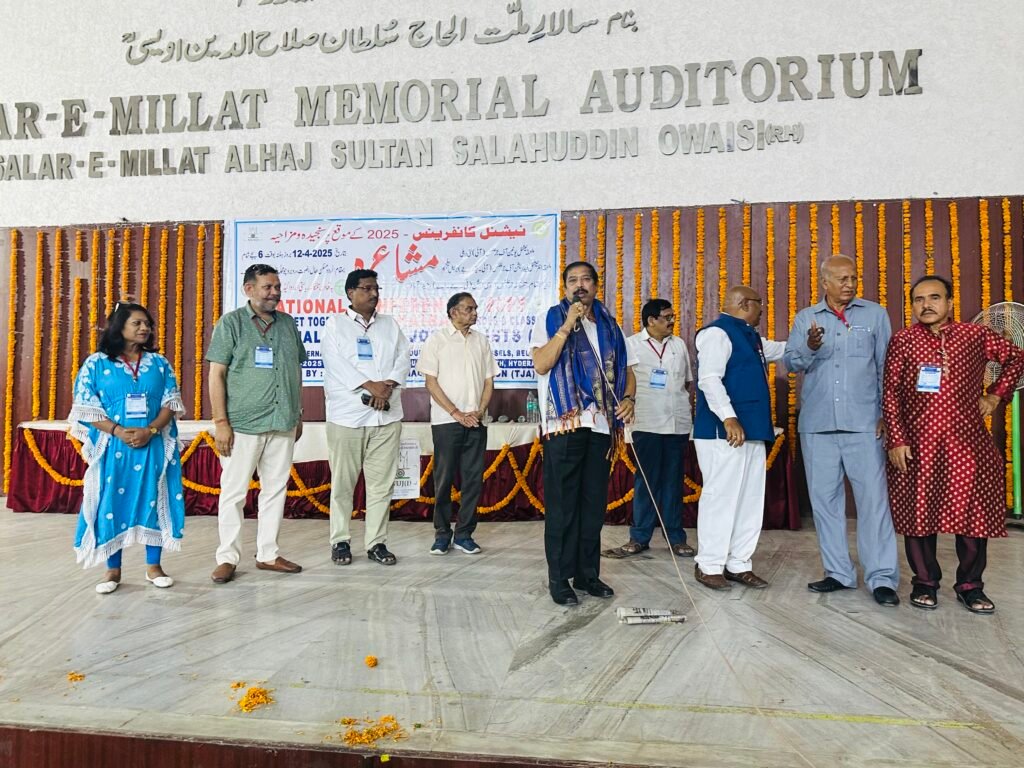
These dances were not just artistic performances but symbolic reflections of what journalism often aspires to be: a voice against oppression, a light in the face of darkness, and a protector of truth.
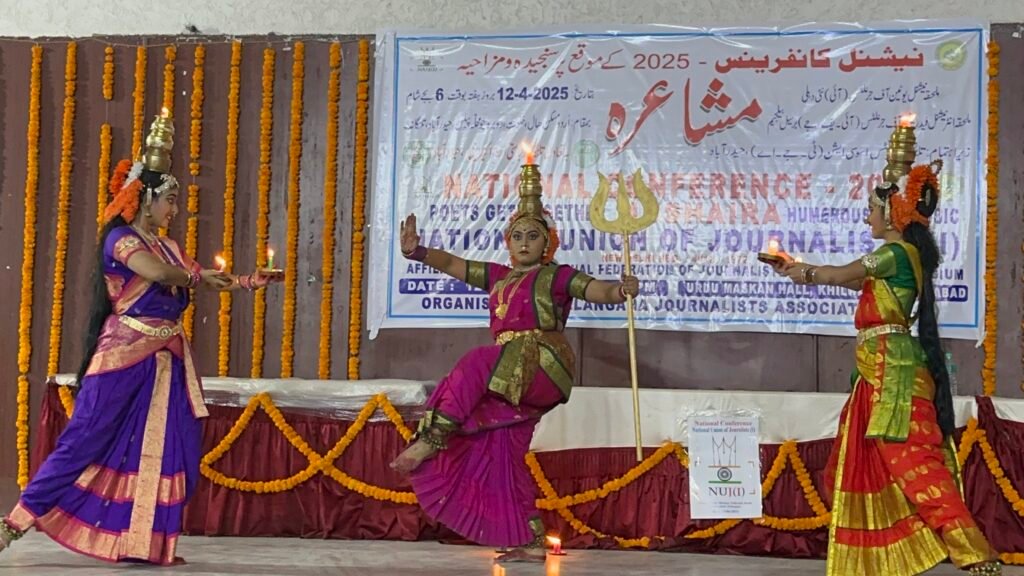
Later in the evening, a poets’ gathering added literary charm to the day. Poets from across the country recited compositions that reflected on society, emotion, justice, and hope. Without theatrics or grand gestures, the poems struck a chord — speaking to shared realities and individual truths. The inclusion of young and emerging voices alongside seasoned poets gave the session a refreshing balance and reinforced the role of creativity in public discourse.
The audience, which included journalists, literature enthusiasts, local citizens, teachers, and parents, responded with warmth and admiration. For many, the evening was more than entertainment — it was an immersive reminder of how culture and journalism together form the conscience of a society.
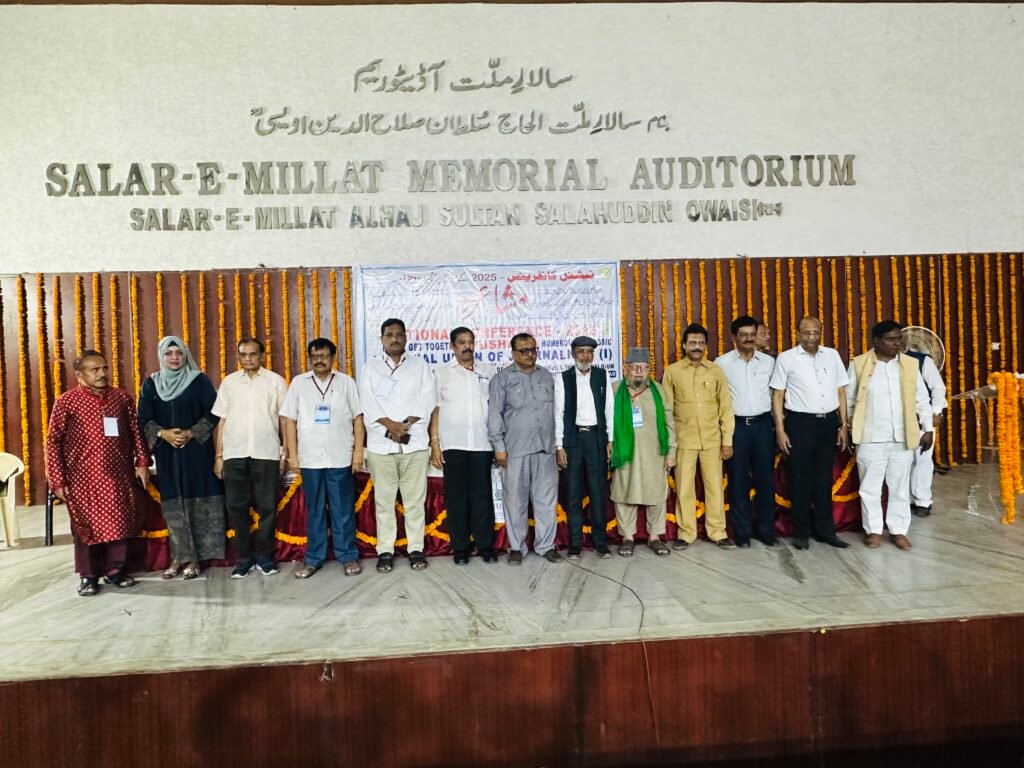
As delegates look forward to the sessions of Day Two, there’s a clear sense that this conference is more than just discussions and agendas. It’s a platform where expression, in every form — whether through dance, verse, or reporting — is being honored and celebrated. The message of Day One was powerful and clear: journalism is not just a profession; it is a cultural responsibility.

